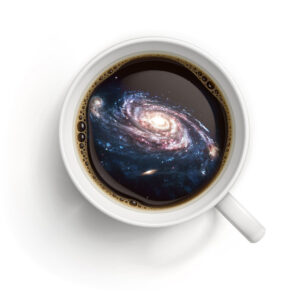

- This event has passed.
Café-Club, Silvia MARTOCCHIA: “The origin of globular clusters and their anomalous stellar populations”.
15 March 2023 à 14h00 - 15h00

Silvia MARTOCCHIA (Astronomisches Rechen-Institut, Universität Heidelberg): “The origin of globular clusters and their anomalous stellar populations”.
You can find the schedule of upcoming café-clubs and the video of old ones here.
Take care,
Carlo, Meriam, Mathilde
ABSTRACT
Globular clusters (GCs),agglomerates of hundreds of thousands stars, are among the oldest (age > 10 Gyr) luminous sources in the Universe, bearing witness to the earliest stages of galaxy formation as well as their evolution to the present day. While GCs have played a critical role in our understanding of the assembly of galaxies, their full potential remains unfulfilled due to our lack of understanding of how they form. Indeed, GCs were traditionally thought to be simple stellar systems, assuming that all the stars within a given cluster were born at the same time and have the same chemical composition. However, already in the ’70s, light-element abundance variations (e.g. He, C, N, Na, O) within GCs stars were discovered thanks to spectroscopy and photometry. A typical GC optical and near-UV colour-magnitude diagram shows discrete multiple sequences at almost any evolutionary stage, which indicate the presence of multiple stellar populations (MPs). The origin of such MPs is still far from being understood.
The discovery of young GCs forming in nearby galaxies has opened a new window on the problem, allowing us to directly search for the origin of MPs. I will report on the recent discoveries of MPs in young and intermediate age GCs and how their properties change as a function of cosmic time. It is crucial to understand whether the young star clusters are the same stellar systems as the ancient GCs, just observed at a different stage of their lifetimes. If confirmed, this will provide crucial constraints on star cluster formation studies, which fundamentally impact our understanding of how GCs relate to galaxy formation and evolution in general.



